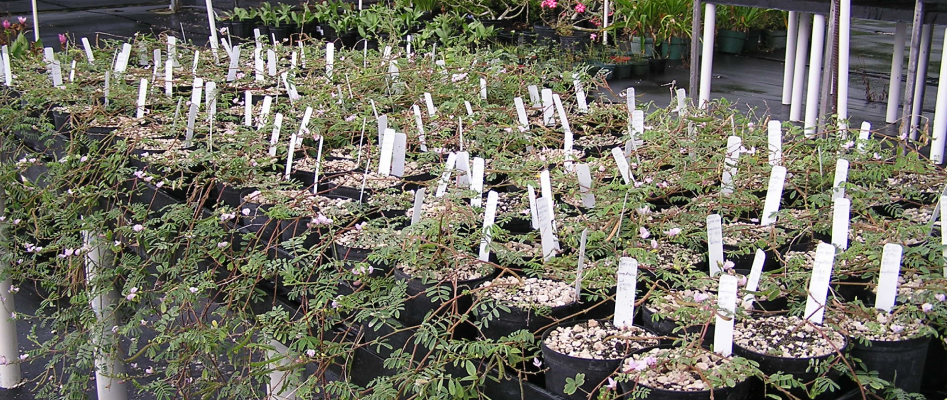CPC Best Plant Conservation Practices
to Support Species Survival in the Wild
to Support Species Survival in the Wild

Florida endangered Tephrosia angustissima var. corallicola being propagated at Fairchild Tropical Botanic Garden for an experimental reintroduction. Photo by Kristie Wendelberger